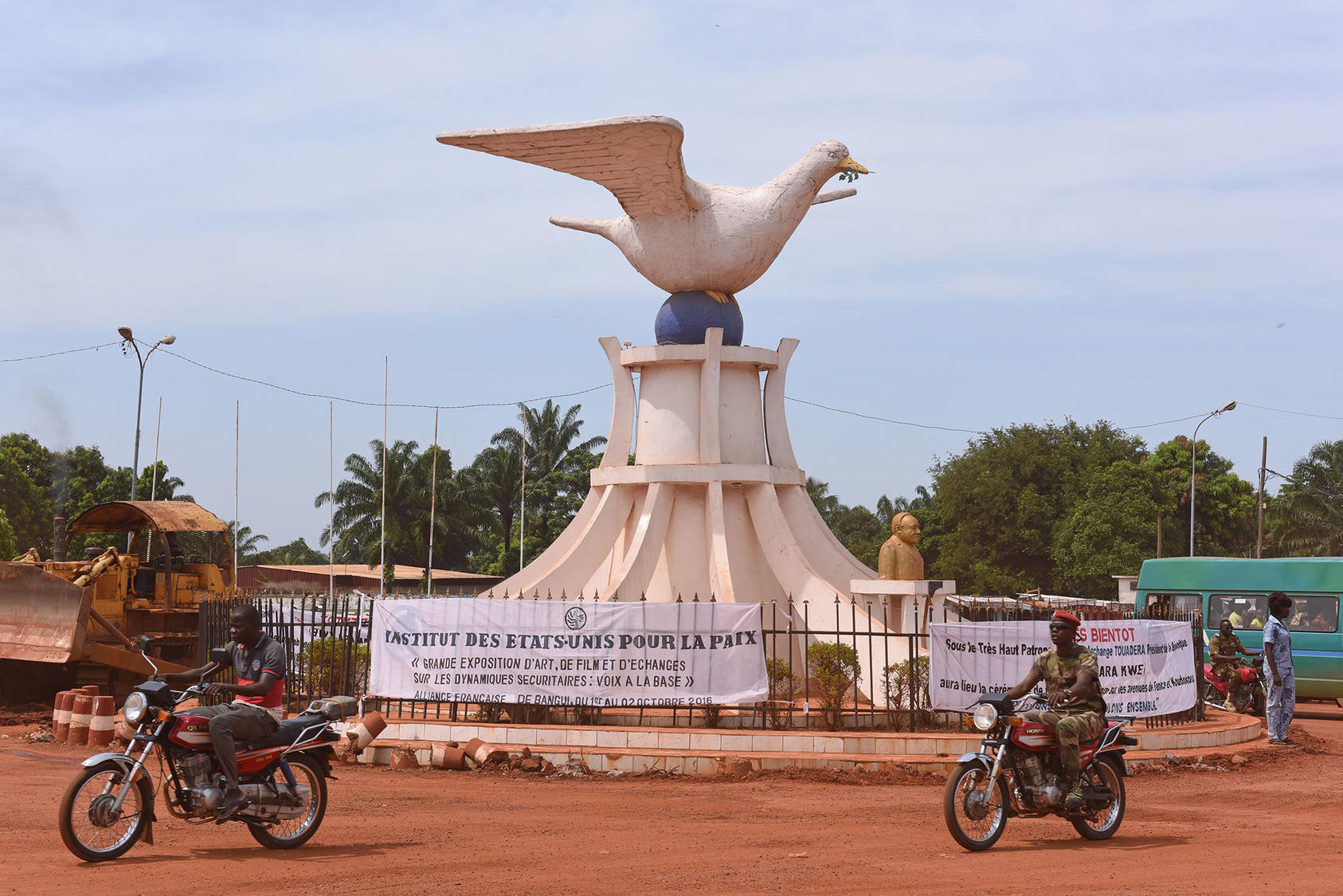Introduction to Reconciliation
This Introduction to Reconciliation course centers on the idea that reconciliation is a critical component at all phases of the conflict cycle. It is not an optional extra or only a possible end-goal in a peacebuilding process. The practice of reconciliation is the relational lubrication that transforms and re-channels violent conflict from a destructive to a constructive force. In this introductory course, reconciliation is embedded in the roots of indigenous practice and trauma healing. The concepts and applications of reconciliation are integrated into transitional and restorative justice, truth commissions, and peace processes.

Learning Objectives
- Describe and discuss multiple definitions and practices of reconciliation worldwide.
- Identify various indigenous roots and current practices that shape reconciliation today.
- Explain the connection between trauma healing and reconciliation.
- Grapple with the complex relationship between justice and reconciliation with a particular focus on the role and function of Transformative and Restorative Justice.
- Understand how reconciliation has been applied to historical harms and Truth and Reconciliation Commissions in different parts of the world.
- Integrate reconciliation concepts and practices as support structures for national peace processes and war-to-peace transitions.
Agenda
Chapter 1: Introduction
In this chapter, you will learn more about the course and your instructor and will have the opportunity to introduce yourself.
Chapter 2: Pillars of Reconciliation
This chapter introduces you to the field of reconciliation by sharing numerous definitions, models, and frameworks of reconciliation.
Chapter 3: Principles and Practices of Reconciliation: Local, Indigenous, & Religious Approaches
This chapter explores the undeniable value of reconciliation processes on the local level. It highlights a number of reconciliation case studies that originate from local, indigenous, and religious practices from across the world.
Chapter 4: The Role of Trauma Healing in Reconciliation Process
In this chapter, we examine the links between trauma recovery and reconciliation.
Chapter 5: The Relationship Between Reconciliation and Transitional Justice
This chapter briefly defines Transitional Justice and Restorative Justice and how these two concepts can be integrated to move towards reconciliation when dealing with war-to-peace country transitions.
Chapter 6: National Truth-Telling Processes: Dialogue and Truth Commissions
This chapter discusses the use of Truth and Reconciliation Commissions in the aftermath of conflict.
Chapter 7: Reconciliation in Peace Process
In this chapter, we will analyze the role that reconciliation plays throughout the different parts of a peace process.
Chapter 8: Conclusion
This chapter asks you to reflect on what you've learned throughout the course and share your feedback with us. You will also take the final exam and receive your certificate for successful completion of the course.
Course Instructors
